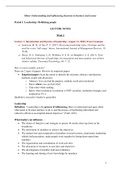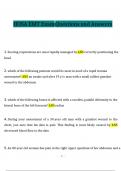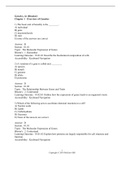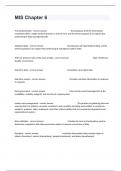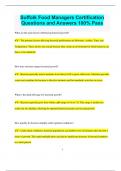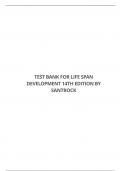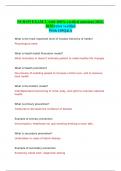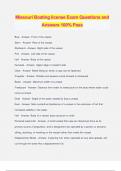College aantekeningen
Volledige college aantekeningen Leadership: mobilizing people
Volledige aantekeningen van het vak Leadership: Mobilizing people gegeven door Ernst Graaman in het collegejaar . Bevat alle colleges, veel afbeeldingen en een duidelijke structuur. Door enkel deze aantekeningen te leren het vak gehaald.
[Meer zien]
